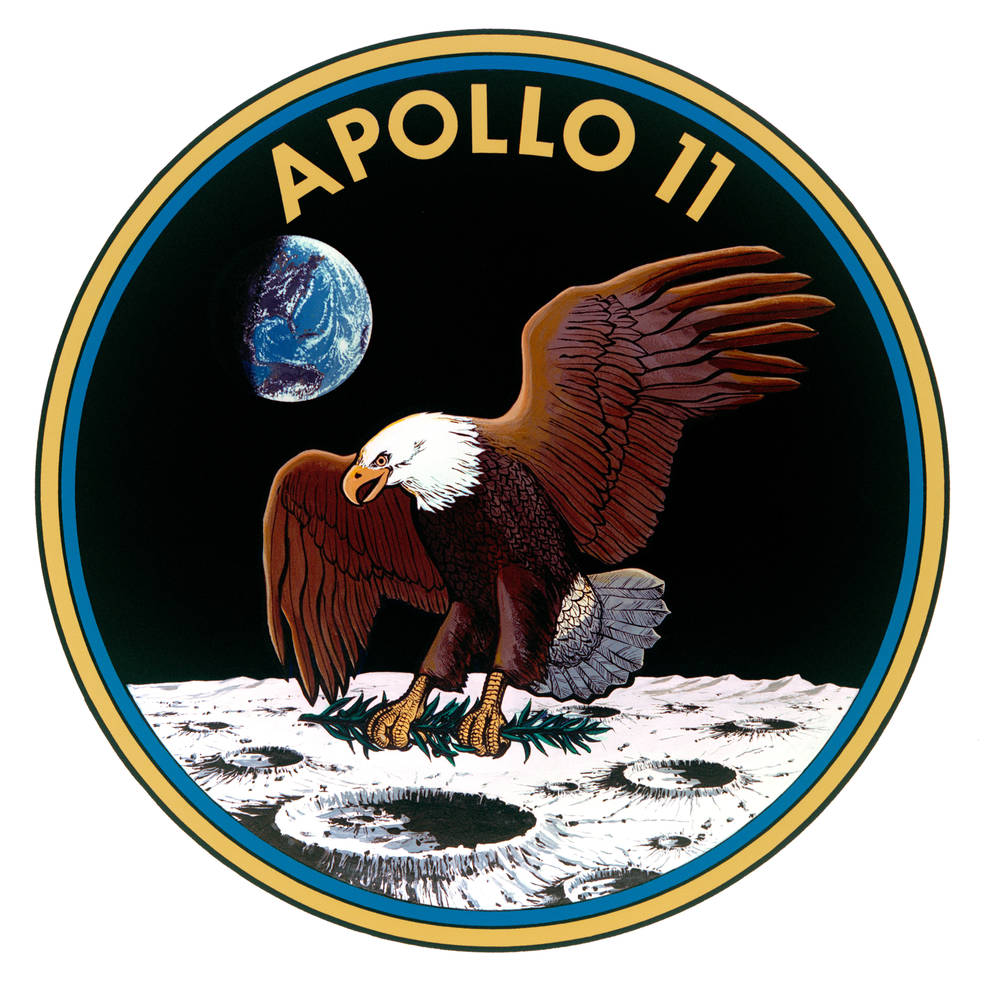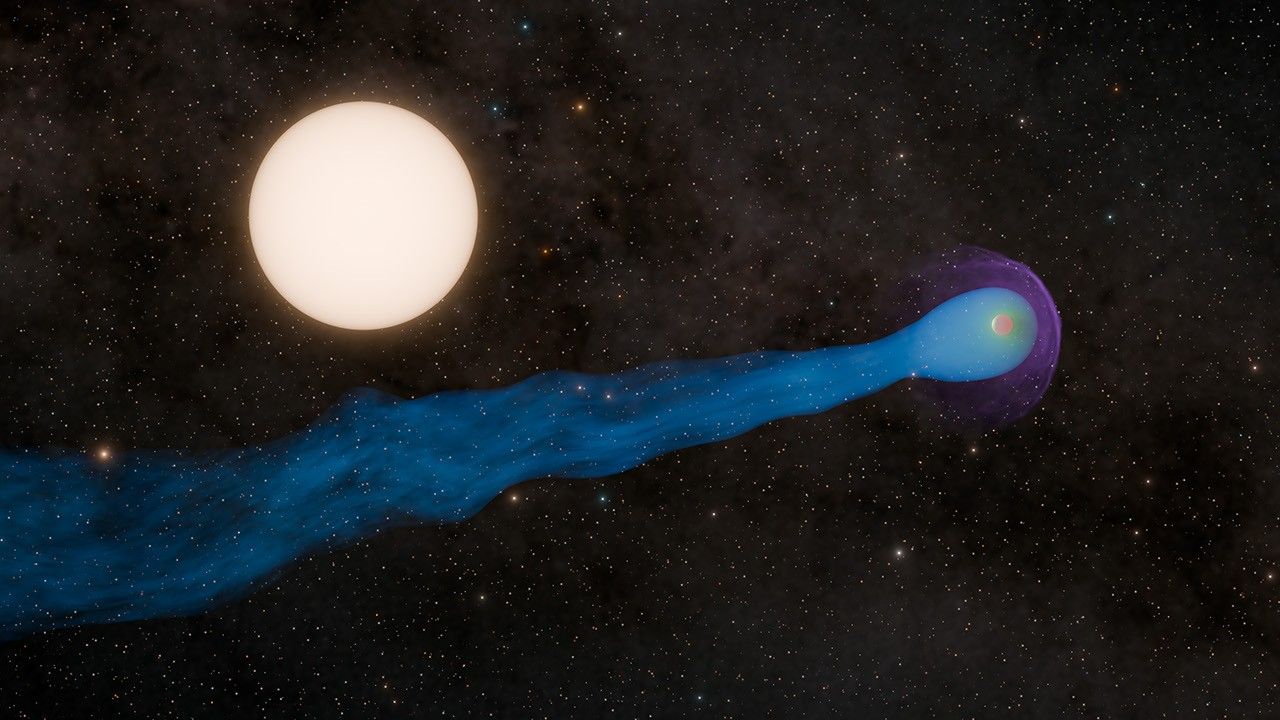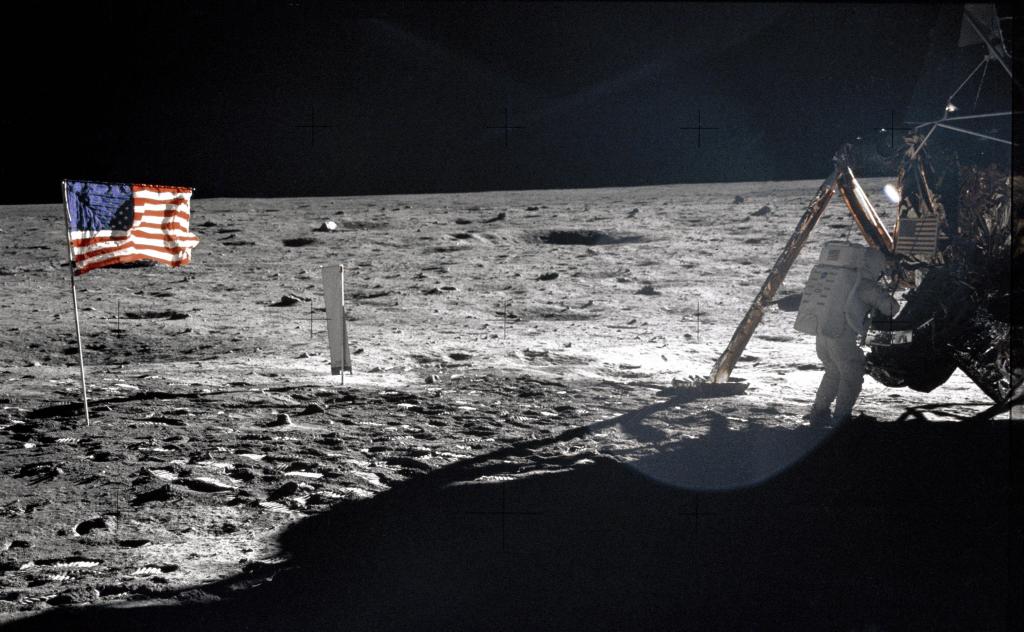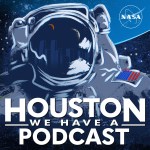
Apollo 11
The primary objective of Apollo 11 was to complete a national goal set by President John F. Kennedy on May 25, 1961: perform a crewed lunar landing and return to Earth.
Mission Type
astronauts
Launch
SPLASHDOWN
Neil Armstrong
First human to set foot on the Moon.
Neil A. Armstrong is probably best known as the commander for the Apollo 11 mission. He joined NASA’s predecessor, the NACA, as an aeronautical research scientist and pilot in 1955. Armstrong was one of nine men chosen of NASA’s second astronaut group in 1962, and flew to space on the Gemini 8 mission in 1966 before being assigned to the Apollo 11 mission.
Read About Neil Armstrong
Edwin “Buzz” Aldrin
The second human to set foot on the Moon
An engineer and fighter pilot in the Korean War, Dr. Edwin E. “Buzz” Aldrin was selected in NASA’s third astronaut class in 1963 and went to space on Gemini XII before becoming the lunar module pilot for Apollo 11.
Read About Buzz Aldrin
Michael Collins
Collins served as command module pilot on Apollo 11.
Michael Collins was one of the third group of astronauts named by NASA in October 1963. He first flew to space on Gemini X in 1966 before his assignment to the Apollo 11 mission. He logged over 266 hours in space.
Read About Michael Collins
Apollo 11 on NASA+
Watch highlights from the Apollo 11 mission including the launch on July 16, 1969, the landing of the lunar module, Neil Armstrong's first steps on the Moon, splashdown, and more.
Watch on NASA+
Apollo 11 Mission Overview
“The Eagle has landed…” Mission Objective The primary objective of Apollo 11 was to complete a national goal set by…
Read the Story
July 20, 1969: One Giant Leap For Mankind
July 1969. It's a little over eight years since the flights of Gagarin and Shepard, followed quickly by President Kennedy's challenge to put a man on the moon before the decade is out.
Learn More
Who Was Neil Armstrong? (Grades K-4)
Neil Armstrong was the first person to walk on the moon. He was an astronaut. He flew on two space missions. One was Apollo 11. That mission landed on the moon. He was also an engineer, a pilot and a college professor.
Read More
Who Was Neil Armstrong? (Grades 5-8)
Neil Armstrong was the first human to walk on the surface of the moon. He was an astronaut who flew on two space missions. The first was Gemini 8. The second was Apollo 11, which landed on the moon in 1969. Armstrong was also an engineer, a pilot and a college professor.
Read More
What Was the Apollo Program? (Grades K-4)
Apollo was a NASA program that sent people to the moon. There were 11 Apollo flights. The first Apollo flight was in 1968.
Read More
What Was the Apollo Program? (Grades 5-8)
Apollo was the NASA program that resulted in American astronauts’ making a total of 11 spaceflights and walking on the moon.
Read More
Apollo 11 Resources
Apollo 11 Articles
Read about the details of this landmark mission to the Moon.

In September 1969, celebrations continued to mark the successful first human Moon landing two months earlier, and NASA prepared for the next visit to the Moon. The hometowns of the Apollo 11 astronauts held parades in their honor, the postal…

On Aug. 10, 1969, Apollo 11 astronauts Neil A. Armstrong, Michael Collins, and Edwin E. “Buzz” Aldrin completed their 21-day quarantine after returning from the Moon. The historic nature of their mission resulted in a very busy postflight schedule for…

“Houston, Tranquility Base here, the Eagle has landed.” “That’s one small step for [a] man, one giant leap for mankind.” “Magnificent desolation.” Three phrases that recall humanity’s first landing on and exploration of the lunar surface. In July 1969, Apollo…






















































